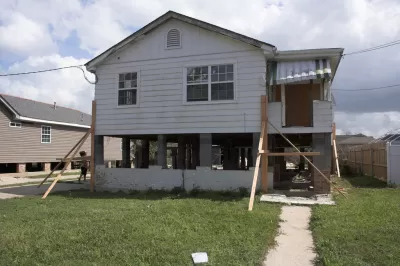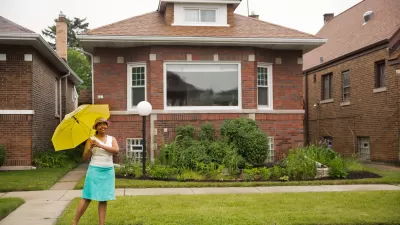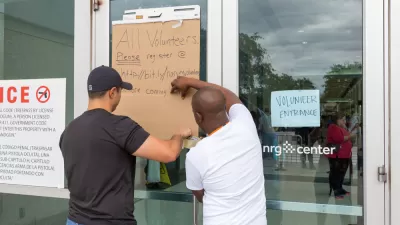New research shows that modern building codes have prevented around $27 billion in damage from natural disasters between 2000 and 2016, yet many cities still operate under decades-old regulations.

To adapt to the effects of rising sea levels, increasingly destructive wildfires, and longer storm seasons, many local governments have implemented updated building codes that recognize the realities of climate change and adapt building requirements to more adequately prepare for future disasters. These codes, which include increased elevation for houses in flood zones, wind-resistant roofs, and earthquake-safe construction requirements, save homes and businesses from billions of dollars in damage and make communities more resistant to the ravages of natural disasters. Yet recent research published by the Federal Emergency Management Agency(FEMA) shows that more than a third of new construction in the United States is happening in places with building guidelines that are more than 20 years old—or that have none at all.
While climate change arguments tend to get bogged down in partisan debates, agencies like FEMA have created "resiliency" initiatives as a way to garner bipartisan support for projects that boost infrastructure spending for weather-proofing homes and limiting damage from natural disasters. FEMA's Building Resilient Infrastructure and Communities program provides grant funding to local governments that want to update their building codes or strengthen enforcement of existing regulations. If implemented nationwide, FEMA estimates that updated building codes could accumulate up to $132 billion in avoided property losses by 2040.
FULL STORY: Updated Building Codes Prevent Billions in Disaster Damages. Many Localities Don’t Have Them in Place.

Alabama: Trump Terminates Settlements for Black Communities Harmed By Raw Sewage
Trump deemed the landmark civil rights agreement “illegal DEI and environmental justice policy.”

Planetizen Federal Action Tracker
A weekly monitor of how Trump’s orders and actions are impacting planners and planning in America.

How Atlanta Built 7,000 Housing Units in 3 Years
The city’s comprehensive, neighborhood-focused housing strategy focuses on identifying properties and land that can be repurposed for housing and encouraging development in underserved neighborhoods.

Report: Zoning Reforms Should Complement Nashville’s Ambitious Transit Plan
Without reform, restrictive zoning codes will limit the impact of the city’s planned transit expansion and could exclude some of the residents who depend on transit the most.

Judge Orders Release of Frozen IRA, IIJA Funding
The decision is a victory for environmental groups who charged that freezing funds for critical infrastructure and disaster response programs caused “real and irreparable harm” to communities.

‘Clybourne Park’ Sets Stage for Housing Equity Discussions
Clybourne Park, a play exploring race, real estate, and community tensions, can set the stage for discussion on the lasting impacts of housing discrimination, gentrification, and the fight for affordability.
Urban Design for Planners 1: Software Tools
This six-course series explores essential urban design concepts using open source software and equips planners with the tools they need to participate fully in the urban design process.
Planning for Universal Design
Learn the tools for implementing Universal Design in planning regulations.
Caltrans
Smith Gee Studio
Institute for Housing and Urban Development Studies (IHS)
City of Grandview
Harvard GSD Executive Education
Toledo-Lucas County Plan Commissions
Salt Lake City
NYU Wagner Graduate School of Public Service





























